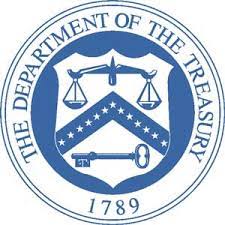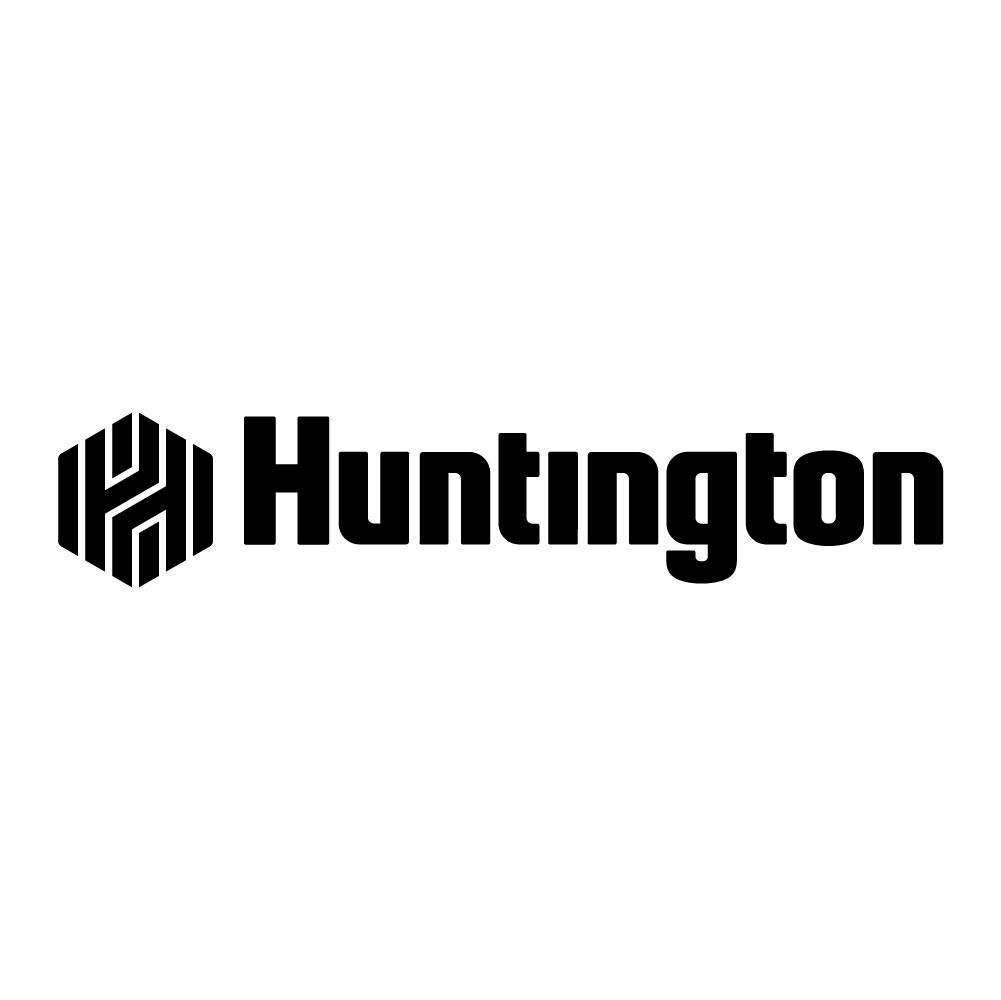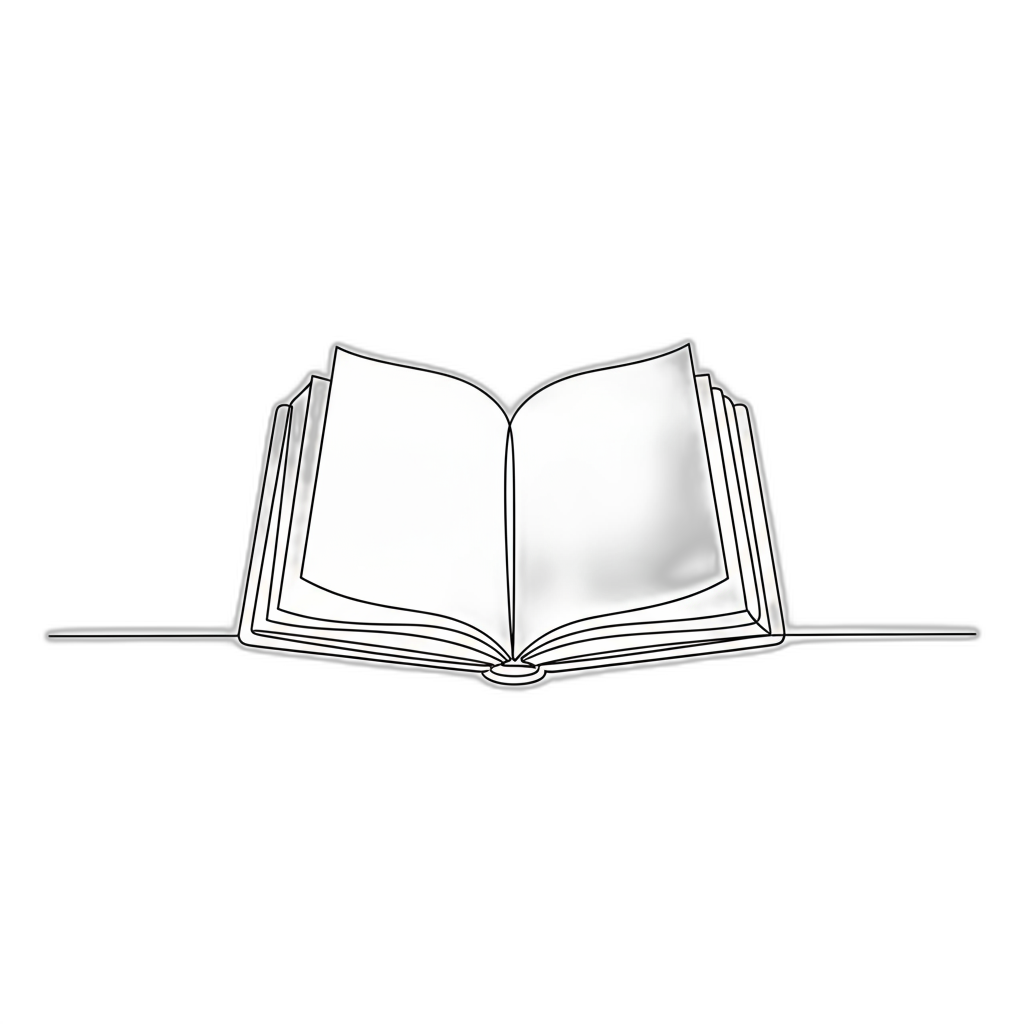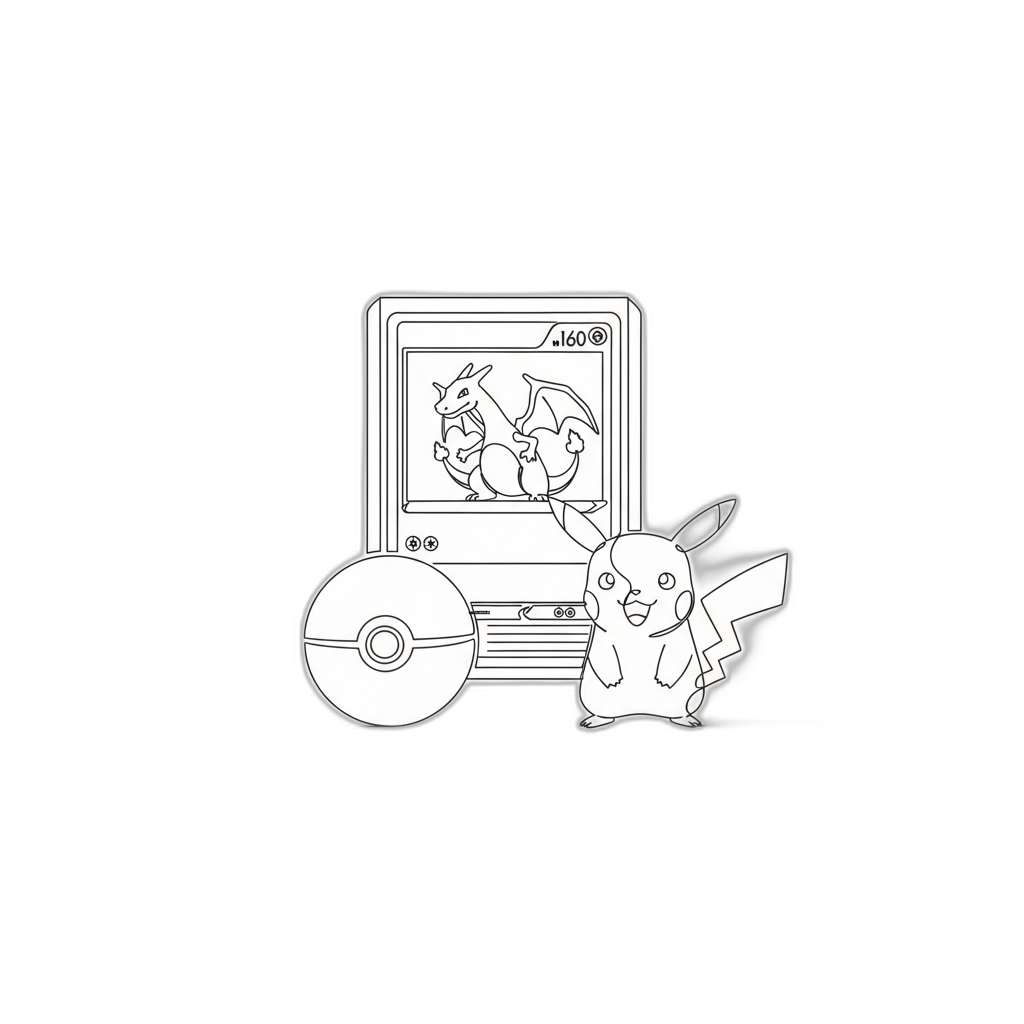






5-Star Service, Trusted & Loved by Hundreds
Your Appraiser Search Ends Here
Your Appraiser Search Ends Here
.avif)

Nationwide Coverage – Appraisals Anywhere in the US

Get it done Onsite or Online

Any Asset, Covered

Defensible for Any Purpose
Frequently Asked
Questions
No Frequently Asked Questions Found.
The concept operates on a straightforward principle: if a borrower fails to repay the loan according to agreed terms, the lender retains the legal right to seize and liquidate the pledged asset to recover their financial losses. These assets can range widely, including real estate properties, vehicles, cash accounts, business inventory, equipment, and investment portfolios.
For borrowers, utilizing collateral can yield significant advantages. Secured loans typically feature more attractive terms, such as reduced interest rates and potentially higher borrowing limits. Individuals with limited credit history or lower credit scores may find collateral particularly beneficial, as it increases their likelihood of loan approval by providing lenders with additional confidence.
However, borrowers must carefully evaluate their financial capabilities before pledging assets. The potential consequences of defaulting—losing a valuable asset like a home or vehicle—underscore the importance of thorough financial planning and realistic repayment assessments.
Lenders view collateral as a critical risk management tool, enabling them to extend credit more confidently and under more favorable conditions. By having a tangible asset backing the loan, financial institutions can mitigate potential monetary losses and create a more structured lending environment.
The dynamics of loan collateral reflect a nuanced balance between borrower needs and lender protections, representing a sophisticated approach to managing financial risk in lending transactions.
The primary purpose of a collateral appraisal is to establish a precise and unbiased assessment of an asset's worth. This professional valuation ensures lenders can accurately gauge the potential risk associated with extending credit. By determining the true market value, financial institutions can make informed decisions about loan amounts, terms, and potential recovery strategies in case of default.
For borrowers, an appraisal offers transparency and credibility in the lending process. It provides documented evidence of an asset's value, which can potentially strengthen negotiation positions and lead to more favorable loan terms. The appraisal serves as an independent verification that protects both parties' interests by establishing a clear, professional understanding of the asset's economic standing.
Beyond immediate lending considerations, an appraisal also captures broader market insights. Professional appraisers analyze current market trends, potential asset depreciation, and comparative values, which can offer valuable context about the collateral's long-term financial implications.
Regulatory compliance represents another critical aspect of collateral appraisals. Financial institutions must adhere to strict guidelines that mandate thorough due diligence in credit extension. A comprehensive appraisal helps satisfy these requirements, mitigating potential legal and financial risks for all involved parties.
Ultimately, a professional appraisal transforms a potentially subjective asset valuation into an objective, defensible assessment. It provides a foundation of trust, accuracy, and informed decision-making in the complex landscape of loan collateralization.
These comprehensive evaluations serve multiple critical purposes, ranging from establishing insurance coverage and determining resale potential to facilitating estate planning and providing collectors with authoritative insights into their items' true worth. Recognizing the unique nature of memorabilia—often intertwined with personal narratives and emotional connections—professional appraisals deliver an objective valuation grounded in current market dynamics and expert analysis.
Skilled appraisers employ a meticulous methodology that incorporates sophisticated techniques such as comparative market analysis, rigorous condition assessment, and extensive provenance research. This multifaceted approach ensures a nuanced understanding of each item's intrinsic and market value, considering factors like preservation quality, historical context, and current collector trends.
The appraisal process transcends mere monetary valuation, offering collectors a comprehensive exploration of their cherished items' significance. By leveraging specialized tools, extensive databases, and professional networks, appraisers provide a holistic evaluation that captures both the tangible and intangible qualities that make memorabilia and collectibles truly extraordinary.
Typically, online appraisals rely on comprehensive visual documentation. Collectors are asked to submit high-quality photographs capturing multiple angles of their items, including detailed close-ups of unique features, markings, and condition. Accompanying these images, owners provide critical contextual information about the item's history, provenance, and specific details that could impact its value.
Some appraisal services now offer interactive online sessions through video conferencing platforms, enabling direct communication between the appraiser and collector. This approach allows for real-time examination, immediate questions, and a more dynamic evaluation process. During these virtual consultations, appraisers can request additional perspectives or clarify specific aspects of the collectible.
The online appraisal method is particularly beneficial for collectors with extensive or geographically dispersed collections. It eliminates geographical constraints, reduces logistical challenges, and often accelerates the overall assessment timeline. Whether needed for insurance documentation, estate planning, or personal knowledge, online appraisals represent a modern, efficient approach to understanding the value of cherished collectibles.
Sports memorabilia experts evaluate items like signed jerseys, vintage equipment, and historic game tickets. Their assessments consider an item's condition, athlete significance, and current market demand. Understanding the nuanced world of sports collectibles requires extensive knowledge of athletic history and current collector trends.
Fine art appraisers specialize in evaluating paintings, sculptures, and prints. They analyze artwork through multiple lenses, including artistic provenance, historical context, market conditions, and the reputation of the creator. Their expertise extends beyond visual assessment to understanding complex art market dynamics.
Antique specialists focus on items over a century old, examining furniture, jewelry, and decorative objects. Their evaluations integrate historical craftsmanship, design evolution, material quality, and current collector interests. Detailed knowledge of period-specific manufacturing techniques is crucial to their precise valuations.
Comic book appraisers assess the value of graphic publications by examining factors like edition rarity, character significance, publication condition, and historical importance. They utilize specialized grading systems and stay current with collector market shifts.
Collectible card experts evaluate trading cards across sports, entertainment, and gaming sectors. Their assessments depend on card condition, printing era, character or player popularity, and current market trends. Understanding grading scales and collector preferences is fundamental to their work.
Movie memorabilia professionals assess items like costumes, props, and promotional materials. They evaluate pieces based on film significance, actor prominence, cultural impact, and preservation quality. Their expertise requires deep knowledge of entertainment history and collector markets.
Music memorabilia appraisers specialize in items associated with musicians, including signed records, instruments, and concert posters. They assess value through artist legacy, item rarity, historical significance, and current market demand.
These specialized appraisers represent a sophisticated profession requiring deep subject knowledge, market awareness, and meticulous analytical skills. Their expertise ensures accurate valuation of unique and often irreplaceable collectible items.
In the complex world of collectibles, values can fluctuate dramatically based on market trends, rarity, condition, and historical significance. A professional appraisal offers a precise, current snapshot of an item's worth, enabling owners to make educated choices about preservation, sale, insurance, and potential investment strategies.
Insurance protection represents a key benefit of professional appraisals. Standard homeowner's policies often provide inadequate coverage for unique or high-value collectibles. A detailed, documented appraisal ensures proper insurance coverage, safeguarding your assets against potential loss, theft, or damage.
For individuals involved in estate planning or managing inheritance distributions, appraisals provide an objective foundation for equitable asset allocation. They help executors and heirs understand the precise value of collectible items, facilitating fair and transparent asset division.
Tax considerations also make professional appraisals invaluable. When donating valuable items, a qualified appraisal becomes essential for substantiating tax deduction claims. For donations exceeding specific thresholds, documented valuations are not just recommended – they're legally required.
For collectors considering selling or auctions, an appraisal offers strategic advantages. It provides a realistic pricing framework, enhances negotiation positioning, and attracts serious, informed buyers by establishing credibility and transparency.
Ultimately, a professional memorabilia and collectibles appraisal transcends a simple monetary assessment. It represents a comprehensive approach to understanding, protecting, and maximizing the potential of your valuable collections.
Why Are Collectibles Valuable as Loan Collateral?
Collectibles and memorabilia represent unique financial assets with significant potential as loan collateral. Their value stems from multiple compelling factors that make them attractive to both collectors and financial institutions.
Key Drivers of Collectible Value
- Rarity and Uniqueness: Rare items like vintage sports memorabilia, limited edition collectibles, and first-edition books often command premium prices in specialized markets
- Historical and Emotional Significance: Items connected to iconic moments or legendary figures carry intrinsic value beyond mere monetary worth
- Market Demand: Passionate collector communities actively drive market valuations for specific categories of memorabilia
Market Dynamics of Collectible Assets
The collectible market demonstrates unique characteristics that distinguish it from traditional investment vehicles:
- Potential for rapid appreciation based on shifting trends and consumer interests
- Less correlation with standard economic indicators
- Value heavily influenced by condition, provenance, and market perception
Factors Enhancing Collectible Loan Collateral Value
- Professional Appraisal: Provides objective, credible valuation for financial institutions
- Documented Authenticity: Increases confidence in the asset's genuine market value
- Preservation Quality: Well-maintained items retain and potentially increase their worth over time
Understanding these nuanced valuation principles enables collectors to strategically leverage their assets as meaningful financial instruments.
The Complex World of Memorabilia Valuation
Navigating the world of memorabilia valuation requires a nuanced understanding of multiple critical factors that determine an item's worth. From vintage sports collectibles to rare historical artifacts, each piece carries a unique set of characteristics that influence its market value.
Key Factors in Memorabilia Valuation
- Condition Assessment: The physical state of an item is paramount in determining its value
- Pristine items command significantly higher prices
- Wear, damage, or restoration can dramatically reduce market value
- Provenance Documentation: The item's historical ownership and origin critically impact its desirability
- Verified historical significance increases potential value
- Comprehensive documentation provides credibility to appraisals
- Market Demand Dynamics: Collector interests and market trends fluctuate rapidly
- Some categories experience sudden popularity surges
- Other collectible markets may experience unexpected declines
Valuation Methodologies
Professional appraisers utilize sophisticated techniques to establish accurate market values:
- Comparative Sales Analysis
- Examining recent sales of similar items
- Tracking price trends within specific collectible categories
- Historical Significance Evaluation
- Assessing unique historical context
- Determining cultural or historical importance
- Authentication Verification
- Confirming item authenticity
- Identifying potential reproductions or forgeries
Understanding Collectible Categories
Memorabilia encompasses a diverse range of items, each with unique valuation considerations:
- Sports Memorabilia
- Vintage Toys
- Rare Coins
- Historical Documents
- Autographed Collectibles
As alternative investments gain popularity, understanding the intricate process of memorabilia valuation becomes increasingly important. Collectors and potential lenders must approach these assets with comprehensive knowledge and professional guidance to make informed decisions.
What Determines the Worth of Your Collectible?
Factors Driving Collectible Valuation
Understanding the key determinants of collectible value is crucial for collectors considering their items as potential loan collateral. Several critical factors influence an item's market worth and investment potential.
Condition: The Critical Quality Indicator
- Plays a pivotal role in overall item valuation
- Items in pristine condition command significantly higher prices
- Grading scales typically range from:
- Mint condition (highest value)
- Near mint
- Excellent
- Good
- Fair
Rarity: Scarcity Drives Value
- Limited edition items inherently possess higher worth
- Unique pieces tied to significant historical events are most prized
- Fewer available items translate directly to increased individual value
Provenance: The Power of Historical Context
- Documented ownership history significantly impacts valuation
- Items previously owned by notable individuals gain substantial premium
- Comprehensive documentation adds credibility and collector interest
Market Dynamics: Understanding Fluctuating Demand
- Collectible values constantly shift based on:
- Current cultural trends
- Economic conditions
- Collector sentiment
- Staying informed about market movements is essential
- Timing can dramatically influence potential returns
Authenticity: Verification is Paramount
- Certification from recognized experts is crucial
- Professional grading significantly enhances item value
- Key authentication considerations:
- Expert verification
- Documented provenance
- Original certificates
By comprehensively understanding these valuation factors, collectors can make informed decisions about their cherished items, whether for personal knowledge, potential sale, or leveraging as loan collateral.
How Do Professional Appraisers Assess Unique Items?
Research and Documentation
Professional appraisers initiate the assessment process by meticulously gathering comprehensive information about the collectible item. This crucial first step involves several key investigative techniques:
- Investigating the item's complete provenance and historical background
- Analyzing historical significance and potential cultural importance
- Exploring current market demand and collector interest
- Utilizing specialized resources including:
- Auction records
- Specialized price guides
- Professional collector databases
- Expert network consultations
Condition Evaluation
The physical condition assessment represents a critical component of the appraisal process. Appraisers conduct a comprehensive examination focusing on multiple critical factors:
- Detailed visual inspection for wear and potential damage
- Identification of any previous restoration or repair work
- Assessment of overall item preservation
- Verification of authenticity through:
- Signature authentication
- Certificates of authenticity
- Provenance documentation
- Expert verification markers
Market Comparison Analysis
After establishing the item's precise condition, appraisers perform a rigorous comparative market analysis:
- Identifying recently sold comparable items
- Analyzing sales with similar characteristics such as:
- Age
- Rarity
- Condition grade
- Provenance
- Tracking current market trends and collector preferences
- Considering potential future value appreciation
Comprehensive Valuation Reporting
The final stage involves creating a detailed, professional valuation report that serves multiple critical purposes:
- Documenting the complete assessment methodology
- Presenting a well-substantiated value estimate
- Providing clear, transparent documentation for financial institutions
- Offering insights into the item's current market positioning
By employing this systematic, multi-dimensional approach, professional appraisers deliver reliable, nuanced assessments that provide confidence to both collectors and financial professionals evaluating unique memorabilia and collectible assets.
Authenticity: The Critical Factor in Collectible Valuation
Authenticity is paramount in the valuation of memorabilia and collectibles, serving as the cornerstone of every appraisal process. When preparing collectibles for loan collateral, establishing genuine provenance becomes critical to determining true market value.
Key Dimensions of Authenticity
- Comprehensive Documentation
Provenance represents more than paperwork—it's a comprehensive narrative of an item's historical journey. Critical documentation includes:
- Original purchase receipts
- Certificates of authenticity
- Verified ownership records
- Historical contextual evidence
- Expert Verification Techniques
Certified appraisers employ sophisticated methodologies to distinguish authentic items from sophisticated reproductions, including:
- Material composition analysis
- Craftsmanship examination
- Signature and hallmark verification
- Comparative historical research
- Market Dynamics Assessment
Contemporary collectible valuation requires nuanced understanding of:
- Current market demand
- Rarity indicators
- Recent validated sales data
- Collector sentiment trends
- Standardized Grading Protocols
Industry-specific grading systems provide objective measurement frameworks for:
- Condition evaluation
- Preservation quality
- Structural integrity
- Overall collectible classification
- Regulatory Compliance
High-value collectible authentication involves rigorous verification processes to:
- Mitigate potential fraud risks
- Satisfy institutional lending requirements
- Ensure transparent valuation practices
- Protect both collector and financial interests
Strategic Implications
Authenticity transcends mere verification—it represents the fundamental framework determining a collectible's intrinsic and financial value. Comprehensive authentication empowers collectors and financial institutions to make informed, data-driven decisions within the complex collectibles marketplace.
Protecting Your Investment: Preservation and Care
Protecting Your Investment: Preservation and Care
When it comes to memorabilia and collectibles, ensuring their longevity and maintaining their value is critical. Proper preservation and care are essential for safeguarding both the physical items and the investment they represent.
Key Preservation Strategies
- Controlled Environment Management
- Maintain consistent temperature around 70°F
- Keep humidity levels between 40% and 60%
- Prevent environmental factors that cause:
- Warping
- Molding
- Material degradation
- Advanced Storage Solutions
- Use acid-free materials for storage
- Protect paper items and photographs with:
- Acid-free boxes
- Specialized protective sleeves
- Utilize display options with UV protection
- Consider shadow boxes for valuable collectibles
- Careful Handling Techniques
- Always use clean, dry hands
- Wear cotton gloves for high-value items
- Avoid:
- Sharp objects
- Excessive force
- Improper removal from packaging
- Consistent Maintenance Practices
- Perform periodic collection assessments
- Clean items using material-specific methods:
- Soft cloth dusting
- Specialized cleaning products
- Prevent dirt and grime accumulation
- Insurance and Documentation
- Obtain comprehensive insurance coverage
- Maintain current market value appraisals
- Ensure adequate protection documentation
By implementing these preservation strategies, you protect not just the physical integrity of your collectibles, but also their long-term financial value. Thoughtful care transforms memorabilia from simple objects into well-maintained, appreciating assets.
Navigating the Legal Landscape of Collectible Appraisals
Navigating the legal landscape of memorabilia and collectibles appraisals requires a comprehensive understanding of multiple critical factors. When these unique assets are considered for loan collateral, several key legal considerations come into play.
Professional Standards and Compliance
Appraisals must adhere to recognized professional standards, primarily the Uniform Standards of Professional Appraisal Practice (USPAP). These standards ensure:
- Credibility of the appraisal process
- Consistent evaluation methodology
- Defensible valuation approaches
Comprehensive Appraisal Documentation
A legally sound appraisal report must include detailed documentation that protects both lenders and borrowers:
Essential Appraisal Report Components
- Detailed item description
- Condition assessment
- Rarity verification
- Provenance documentation
- High-resolution photographic evidence
- Comparative market analysis
- Appraiser's professional qualifications
- Transparent valuation methodology
Fraud Prevention and Due Diligence
Lenders must implement robust verification processes to mitigate risks associated with collectible appraisals:
- Request multiple authentication certificates
- Conduct independent market research
- Verify appraiser credentials
- Cross-reference comparable sales data
Insurance and Risk Management
The appraisal value directly impacts insurance considerations, making it crucial to:
- Align insurance coverage with appraised value
- Update insurance policies regularly
- Document potential value fluctuations
A meticulous approach to collectible appraisals protects all parties' interests and ensures a transparent, legally compliant valuation process.
Types of Collectibles Commonly Used for Loan Purposes
When considering memorabilia and collectibles as loan collateral, understanding the diverse types commonly accepted can play a crucial role in securing financing. Lenders often evaluate the potential resale value and market demand of these items, which can vary significantly based on their uniqueness, condition, and provenance.
Key Collectible Categories for Loan Collateral
1. Fine Art
- Includes paintings, sculptures, and limited edition prints
- Value determined by:
- Artist's reputation
- Historical significance
- Current market trends
- Requires professional appraisal to establish fair market value
2. Antiques
- Defined as items over 100 years old
- Common categories include:
- Furniture
- Jewelry
- Decorative objects
- Historical provenance can significantly enhance value
3. Sports Memorabilia
- Collector's items such as:
- Signed jerseys
- Autographed balls
- Rare trading cards
- Value impacted by:
- Item condition
- Rarity
- Athlete or event significance
4. Numismatic Collections
- Rare coins and currency notes
- Typically appreciate over time
- Valuation factors include:
- Rarity
- Age
- Preservation condition
5. Philatelic Collections
- Rare stamps and complete collections
- Can reach substantial market valuations
- Collector demand plays a significant role in pricing
6. Vintage Musical Instruments
- Particularly valuable when featuring:
- Historical significance
- Unique craftsmanship
- Attractive to both collectors and musicians
Understanding these collectible types enables individuals to navigate the loan process more effectively. Professional appraisals are crucial for accurately assessing the potential value of these items and maximizing their use as loan collateral.
Common Misconceptions in Memorabilia Appraisal
Common Misconceptions in Memorabilia Appraisal
Navigating the world of memorabilia appraisal can be complex, with several widespread misconceptions potentially misleading collectors and potential sellers. Understanding these myths is crucial for accurate valuation and informed decision-making.
Misconception 1: Appraised Value Equals Market Value
A critical misunderstanding among collectors is that appraised value directly translates to market value. In reality, these are distinct concepts:
- Appraised value is a professional estimation based on:
- Comprehensive research
- Item condition
- Provenance
- Comparable sales history
- Market value represents what a buyer is willing to pay at a specific moment
- Market demand can cause significant fluctuations between these two values
Misconception 2: All Memorabilia is Valuable
Not every collectible item commands a high price. Value determination depends on multiple critical factors:
- Rarity of the item
- Authenticity verification
- Overall physical condition
- Historical significance
Even items connected to notable events or personalities may lack the unique characteristics required to generate substantial value.
Misconception 3: DIY Appraisals are Sufficient
While online resources provide extensive information, self-appraisal has significant limitations:
- Internet tools offer only basic guidelines
- Professional appraisers provide nuanced, in-depth analysis
- Expert evaluation considers:
- Subtle market trends
- Historical context
- Specialized knowledge in specific collectible categories
Misconception 4: Aging Automatically Increases Value
The assumption that older items are inherently more valuable is fundamentally flawed. True valuation requires a holistic approach:
- Age is just one of many value determinants
- Condition often supersedes age in importance
- A newer item in pristine condition may be more valuable than an older, deteriorated piece
By understanding and moving beyond these common misconceptions, collectors can approach memorabilia appraisal with greater insight and realistic expectations, ultimately making more informed decisions about their collections.
Frequently Asked Questions: Collectibles and Loan Collateral
Navigating Collectibles as Loan Collateral: Expert Insights
Understanding the nuanced world of using memorabilia and collectibles as loan collateral requires careful consideration and expert knowledge. Here are essential insights to guide collectors through this complex process.
Types of Collectibles Eligible for Loan Collateral
A diverse range of collectibles can potentially serve as valuable loan collateral, including:
- Sports memorabilia and trading cards
- Autographed items from celebrities and athletes
- Vintage toys and action figures
- Rare coins and numismatic collections
- Stamp collections
- Fine art and limited edition prints
- Historical artifacts and antiques
The Critical Role of Professional Appraisal
Professional appraisal serves multiple crucial purposes in the loan collateral process:
- Establishes objective market value for lenders
- Provides a comprehensive assessment of item condition
- Validates the potential financial worth of collectibles
- Offers transparency in potential loan negotiations
Understanding the Appraisal Evaluation Process
Expert appraisers conduct thorough assessments based on multiple sophisticated criteria:
- Item condition and preservation quality
- Rarity and historical significance
- Current market demand
- Documented provenance
- Comparative recent sales data
Preparing for a Successful Collectibles Appraisal
Maximize your appraisal potential with comprehensive preparation:
- Compile all relevant documentation
- Gather purchase receipts
- Collect certificates of authenticity
- Organize previous appraisal records
- Ensure items are gently cleaned and safely stored
Strategies for Preserving Collectible Value
Protect and enhance your collectibles' financial potential through:
- Consistent, professional preservation techniques
- Controlled storage environments
- Regular professional inspections
- Meticulous documentation of ownership history
- Understanding market trends and collector interests
By approaching collectible loan collateral with knowledge, preparation, and strategic insight, collectors can confidently leverage their prized possessions' financial potential.
View all Locations
BEST-IN-CLASS APPRAISERS, CREDENTIALED BY:








.svg)










